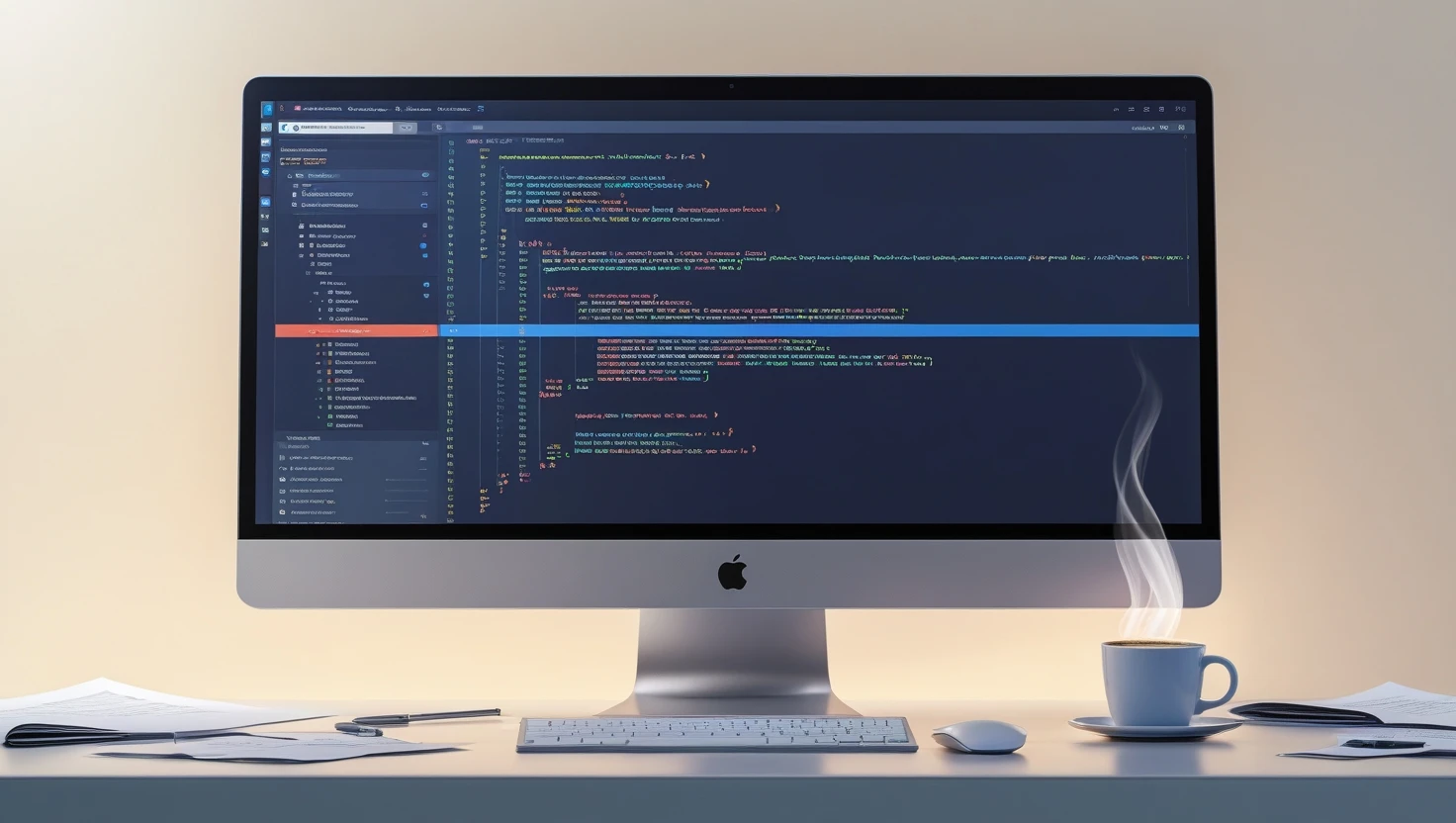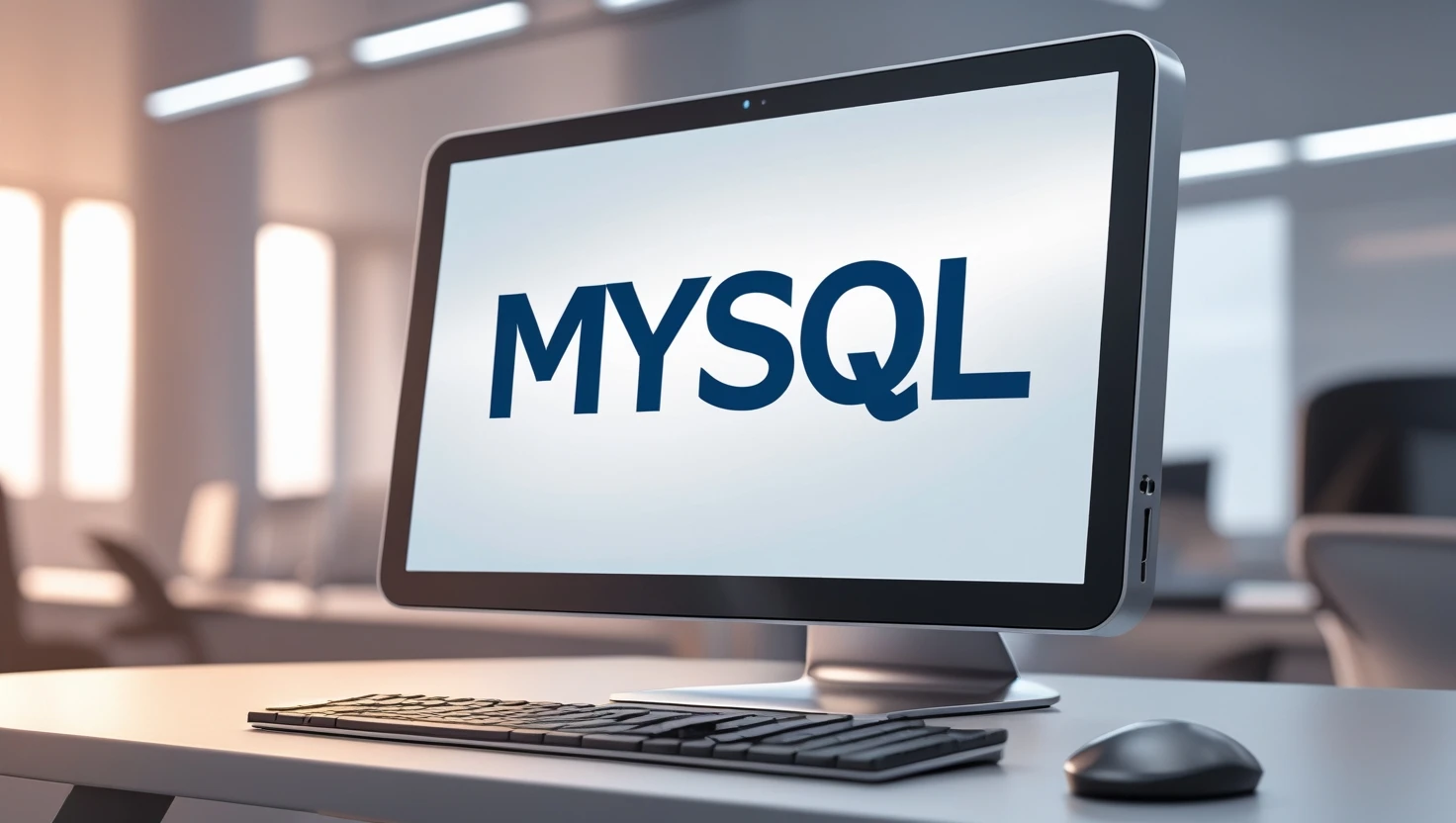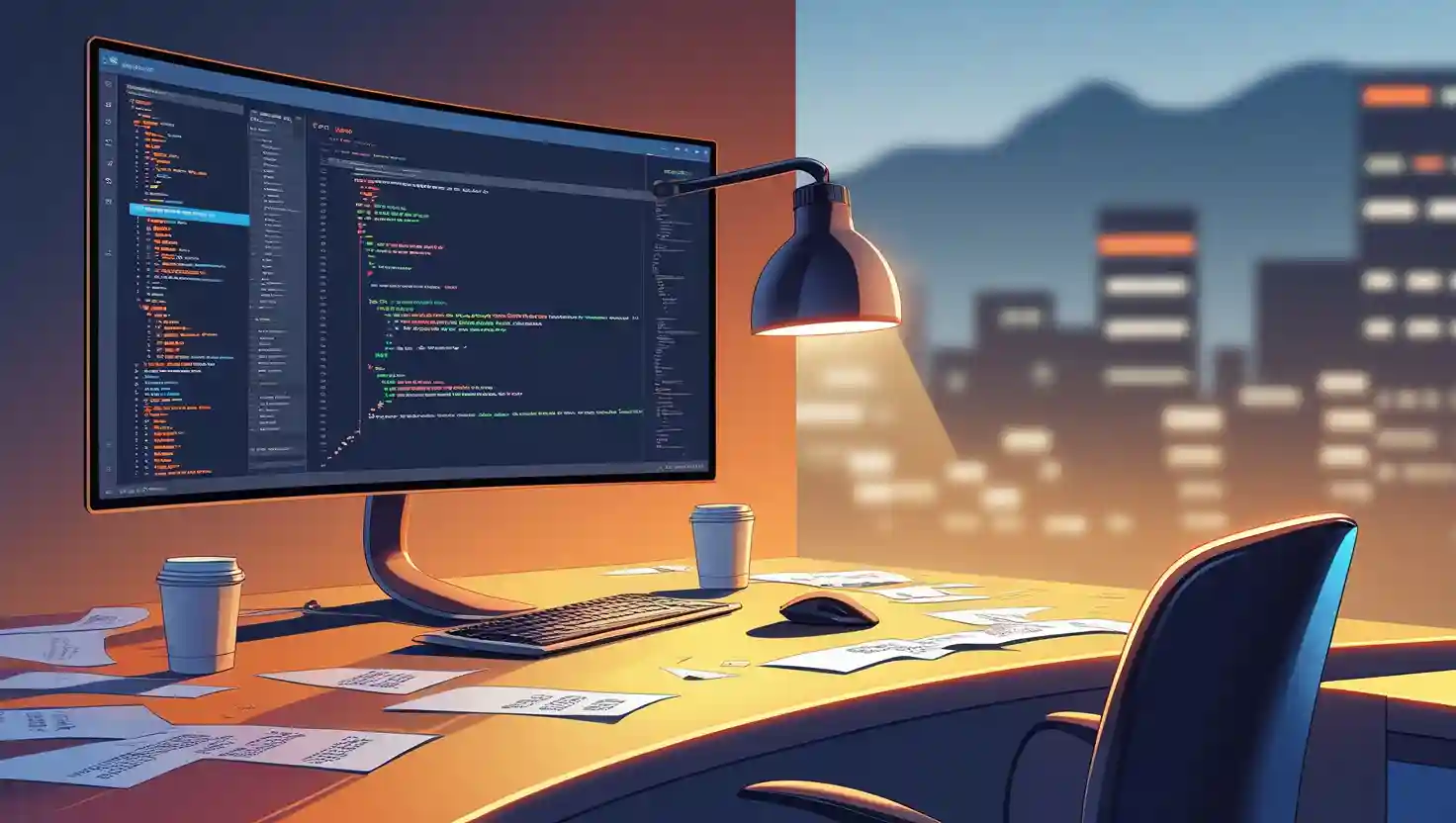Best Mobile Phones for Photography in 2025: Top Camera Phones Compared
Looking for the best mobile phones for photography in 2025? This guide brings you clear, honest advice so you can choose a camera phone that actually fits the way you shoot. We compare the year’s standout models from Apple, Samsung, Google, Xiaomi, vivo, OPPO, HONOR, Sony, and HUAWEI, explaining what their cameras do well, where they struggle, and who they’re best for. You’ll learn what the specs really mean—sensor size, pixel binning, focal lengths, variable aperture, optical image stabilization (OIS), and computational photography—without any jargon overload. We’ve also included simple scenarios (portraits, travel, street, wildlife, and video) so you can buy with confidence.
This isn’t a spec dump. We focus on real-world results: color consistency across lenses, autofocus reliability, low-light performance, and how photos look on social, in prints, and on a monitor. We also weigh crucial practicalities: battery life if you shoot all day, storage options for 4K footage, heat management during long clips, and the quality of each brand’s native camera and gallery apps. Every recommendation is balanced with caveats so there are no surprises.
Whether you want effortless point-and-shoot results or full pro controls with RAW and Log video, you’ll find a match here. We cover the iPhone’s 5x tetraprism reach, Samsung’s long-range zoom, Google’s color science and AI tools, Xiaomi and OPPO’s Leica and Hasselblad tuning, vivo’s ZEISS optics, HONOR’s 180MP periscope, Sony’s continuous optical zoom, and HUAWEI’s retractable 1-inch sensor. Finally, we wrap with a simple checklist—budget, subjects, lens variety, stabilization, and software support—so you can match a phone to your shooting style and get results you’ll love right away.
By the end, you’ll know the best phones for portraits, landscapes, street, wildlife, and video, plus smart tips to get sharper, cleaner photos with any device. If you’re upgrading from a two-lens phone or moving from DSLR to something pocketable, this is the photography-first buyer’s guide you’ve been waiting for—practical, up to date, and jargon-free. Dive in to see which camera phone will make your photos look their best in 2025! We also highlight low-light and HDR performance, focusing speed, macro ability, and how each phone handles skin tones. Beyond the camera, we note battery life, storage options, overheating control, and long-term software updates—vital for creators who shoot and edit on the go. reliably.
How to pick the right camera phone (quick buyer’s guide)
Before we jump into the shortlist, here’s a fast, no-nonsense way to choose the best mobile phone for photography for you:
1) Sensor size and optics
Bigger sensors capture more light and dynamic range. In phones, “1-inch-type” sensors (or close to it) are the gold standard for clean low-light shots and natural background blur.
Lenses matter, too: look for fast apertures (lower f-number), reliable optical image stabilization (OIS), and coatings that reduce flare and ghosting.
2) Useful focal lengths (not just megapixels)
The most versatile setups give you ultrawide (≈13–16 mm), wide/standard (24–28 mm), mid-tele (50–70 mm) and a periscope tele (100–135+ mm).
Ignore “100×” marketing. What counts is the optical reach and how good the 5×–10× photos look without heavy smearing or AI artifacts.
3) Computational photography + color
Night mode, HDR, portrait edge detection, and skin-tone handling vary widely. Try to match the “look” you like: neutral/true-to-life, contrasty, punchy, or warm.
4) Video tools
If you film a lot, check for 4K60 or higher on all lenses, good stabilization, 10-bit profiles/LOG, external storage support, and reliable heat management.
5) Practicalities
Battery life, storage options, long-term updates, and repairability matter to photographers who shoot and edit on the go.
Best mobile phones for photography in 2025
Below are the stand-out choices this year. We explain why they’re great, who they suit, and any caveats.
1) Apple iPhone 16 Pro / Pro Max — best all-round camera for photo + video creators
Why it’s great: Apple tightened the iPhone’s photography toolkit with a 48 MP main sensor, a new 48 MP ultra-wide, and a 5× tetraprism telephoto on the Pro models. You get consistent color across lenses, natural skin tones, excellent HDR, class-leading video (ProRes/LOG, 4K60), and deep third-party app support.
Where it struggles: Zoom reach tops out at 5× optically, so extreme wildlife/moon shots aren’t its strength.
Best for: Hybrid shooters who value rock-solid video, reliable autofocus, and an easy editing pipeline (Photos, Final Cut, Lightroom, DaVinci).
Notable camera bits: 24 MP default photos, Photographic Styles, Apple ProRAW/ProRes LOG, 5× optical tele, strong stabilization.
2) Samsung Galaxy S25 Ultra — best for long-range zoom and versatile processing
Why it’s great: Samsung’s top camera rig mixes a 200 MP main sensor with 50 MP 5× periscope, 50 MP 3×, and 12 MP ultra-wide. The combination gives you crisp 5× images and flexible framing between 3× and 10×, with improved low-light detail and a cleaner ultra-wide than previous generations.
Where it struggles: Color can lean punchy; shutter lag and face smoothing can appear in low light if you shoot fast.
Best for: Travel and wildlife fans who need reach and lots of computational options straight out of the box.
Notable camera bits: 200 MP main with pixel-binning, enhanced Nightography, multi-tele setup, detailed Expert RAW app workflow.
3) Google Pixel 10 Pro — best “point-and-shoot” photos with brilliant AI assists
Why it’s great: A triple-camera stack with a 5× telephoto plus Google’s latest HDR and face/skin-tone science makes the Pixel 10 Pro a superb everyday shooter. Its AI tools (Best Take, Magic Editor, Audio Magic Eraser) are genuinely helpful for casual and social creators.
Where it struggles: Video features are improving but still not as pro-centric as Apple or Xiaomi, and aggressive noise reduction can flatten fine textures.
Best for: People who want effortless, natural-looking photos without manual tweaks, and creators who lean on smart edits.
Notable camera bits: 5× optical telephoto, Super Res Zoom, robust HDR and skin-tone rendering.
4) Xiaomi 14 Ultra — best pocket “big-sensor” camera for tinkerers
Why it’s great: Co-developed with Leica, the 14 Ultra uses a 1-inch-type LYT-900 50 MP main sensor with a stepless variable aperture (f/1.63–f/4.0) plus three more 50 MP lenses, including a sharp 5× periscope. Color science options (Leica Authentic/Vibrant) and granular Pro controls make it a playground for enthusiasts.
Where it struggles: Big-sensor depth of field is shallow—great for subject isolation, trickier for group photos. Availability and pricing can vary by region.
Best for: Enthusiasts who want maximum control and a DSLR-like look from a phone.
Notable camera bits: 1-inch-type sensor, variable aperture, Leica color profiles, 5× optical tele, robust manual stills/video modes.
5) vivo X100 Pro — best portraits and low-light with ZEISS optics
Why it’s great: The X100 Pro pairs ZEISS-co-engineered optics with a near 1-inch (1/0.98″) main sensor, delivering creamy bokeh and excellent night performance. Its telephoto camera produces flattering portrait compression with ZEISS bokeh styles built-in.
Where it struggles: Software is busy and regional availability can be patchy; color can skew warm depending on the ZEISS profile chosen.
Best for: Portrait lovers and night shooters who want a distinctive “ZEISS” rendering.
Notable camera bits: 1/0.98″ main sensor (IMX989), stabilized telephoto, ZEISS color modes and portrait styles.
6) OPPO Find X7 Ultra — best fixed-lens versatility (dual periscope)
Why it’s great: OPPO’s camera stack features two periscope telephotos (around 3× and 6×) alongside a large main sensor, letting you frame portraits, city details, and wildlife with fewer quality gaps between focal lengths.
Where it struggles: Limited global availability; Hasselblad color can feel a touch vivid for purists (you can tone it down in Pro mode).
Best for: Shooters who want clean results from 0.5× to 10× without relying heavily on digital zoom.
Notable camera bits: Dual periscope system, Hasselblad modes, strong HDR and skin-tone handling.
7) HUAWEI Pura 70 Ultra — best low-light detail with a retractable 1-inch sensor
Why it’s great: The Pura 70 Ultra’s retractable main lens sits in front of a 1-inch-type sensor with a variable f/1.6–f/4.0 aperture, delivering superb light capture and dynamic range. A stabilized tele/macro module adds unique close-up options.
Where it struggles: App ecosystem limitations outside China (no Google services) can complicate a creator workflow.
Best for: Photographers who shoot night scenes, interiors, and macro and don’t mind side-loading apps if needed.
Notable camera bits: Pop-out lens, 1-inch-type sensor, 3.5× optical zoom, up to 100× digital, strong macro telephoto.
8) HONOR Magic6 Pro — best short-tele reach and action capture
Why it’s great: HONOR’s Falcon Camera marries a 50 MP main and 50 MP ultra-wide with a distinctive 180 MP periscope telephoto (2.5× optical). Motion-friendly capture modes help freeze sports and pets, and the periscope sensor’s high resolution lets you crop aggressively.
Where it struggles: The ultra-wide isn’t class-leading, and color can vary across lenses.
Best for: Parents and sports fans who want fast, sharp tele shots at playground-to-sideline distances.
Notable camera bits: 180 MP periscope, variable-aperture main camera, fast action modes.
9) Sony Xperia 1 VI — best for photographers who want “real” optical zoom
Why it’s great: Sony’s telephoto system offers continuous optical zoom from 85–170 mm (≈3.5–7.1×), so you can compose precisely without quality jumps. Add a dedicated shutter button and pro-grade camera apps and it feels like a tiny mirrorless in your pocket.
Where it struggles: The learning curve is steeper, and Sony’s auto processing is more conservative than rivals.
Best for: Photographers who value manual control and consistent optics over heavy computational looks.
Notable camera bits: Real optical zoom 85–170 mm, pro apps, reliable color neutrality.
Which one should you buy? (simple scenarios)
I want the most balanced photo + video package: iPhone 16 Pro/Pro Max. Stable color, first-class video, and great third-party app support.
I need reach for wildlife or travel: Galaxy S25 Ultra, thanks to the 3× + 5× tele combo and detailed processing.
I just want the best “auto” photos: Pixel 10 Pro for natural faces, smart HDR, and stress-free tools.
I want a big sensor look and pro controls: Xiaomi 14 Ultra (Leica modes, variable aperture).
I shoot portraits at night: vivo X100 Pro (ZEISS rendering + large sensor).
I want less digital zoom between 3× and 10×: OPPO Find X7 Ultra (dual periscope).
I shoot macro and low-light interiors: HUAWEI Pura 70 Ultra with the pop-out 1-inch main and macro tele.
I want precise framing with true optical zoom: Sony Xperia 1 VI (85–170 mm).
I capture fast action/kids: HONOR Magic6 Pro (high-res periscope + fast capture).
Quick tips to get better photos (on any phone)
Compose and stabilize
Use the rule of thirds grid and anchor your elbows against your body.
Tap to focus, then drag exposure down slightly to protect highlights.
Light and color
For portraits, face the subject toward soft light (a window or open shade) and avoid harsh overhead sun.
At night, rest the phone on a stable surface and let Night mode finish the exposure.
Use the right lens
Ultrawide for context and interiors; 1×/2× for people; 3×–5× for portraits/compression; 10× for far details.
Don’t be afraid of 2× crop on high-res sensors—it often looks great.
Shoot RAW or LOG when it matters
In tough lighting, switch to RAW (stills) or 10-bit/LOG (video) and edit later for cleaner results.
Camera spec glossaries (in plain English)
Sensor size
Phone makers describe sensor size in fractions (e.g., 1/1.3″ or “1-inch-type”). Bigger numbers are not better here—the larger the sensor, the more light it gathers. A “1-inch-type” sensor is physically much larger than a 1/1.56″ sensor, which helps low-light detail and smoother background blur.
Pixels and binning
A 200 MP sensor doesn’t automatically mean better photos. Most high-megapixel sensors combine blocks of pixels (called binning) to create a 12–24 MP image with lower noise. Look at the quality of the pixels (dynamic range, color, noise) rather than the count.
Telephoto vs periscope
“Periscope” lenses use a prism and sideways sensor layout to squeeze a longer focal length into a thin phone. They provide cleaner 5×–10× shots than simple digital zoom, but still benefit from bright light and a steady hand (or OIS).
Variable aperture
Some phones now open/close the lens like a real camera. A wider aperture (f/1.6) lets in more light but has shallower depth of field; a narrower aperture (f/4.0) keeps more of the scene in focus—useful for groups or daylight landscapes.
OIS vs EIS
OIS physically stabilizes the lens/sensor; EIS crops and steadies the image using software. The best phones use both for smooth video and sharp photos.
How we evaluated picks
We prioritized real-world results over test charts. That means:
Consistent color and white balance across lenses.
Good skin tones without over-smoothing.
Reliable autofocus and minimal shutter lag.
Detail that holds up at typical viewing sizes (phone/monitor) and modest prints.
Video that stays stable, focused, and artifact-free during pans and walks.
We also considered practical ownership factors: how many Android/iOS updates you’ll get, whether the camera app is quick and intuitive, and how easily you can move files into Lightroom, Final Cut, or DaVinci Resolve. Finally, we weighed regional availability and price so you can actually buy the phones we recommend.
Bottom line
The “best” camera phone is the one that matches your subjects, style, and workflow. If you want the most balanced, fuss-free system with world-class video, pick the iPhone 16 Pro. If long zoom reach matters, the Galaxy S25 Ultra is a monster. For point-and-shoot brilliance, Google’s Pixel 10 Pro rarely misses. Enthusiasts who love manual controls and a big-sensor look will adore the Xiaomi 14 Ultra or vivo X100 Pro, while specialists might prefer OPPO’s dual-periscope range, Sony’s true optical zoom, or HUAWEI’s retractable 1-inch flagship. Choose based on what you shoot most, and you’ll love the photos you get.












